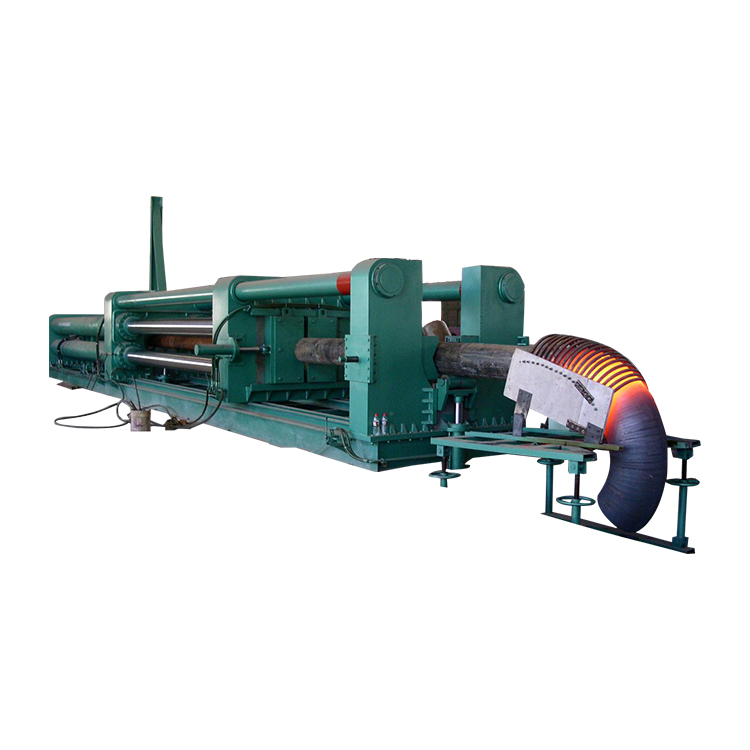Chinese | English
Skype: zhiguang.wu
Email:15230713671@163.com
Address: North Mengcun Industrial Park, Mengcun Hui Autonomous County, Cangzhou, Hebei.
Characteristics and classification of elbow pipe fittings
Characteristics and classification of elbow pipe fittings
Features: Elbow pipe fittings have the best pressure resistance, temperature resistance and pressure resistance, good flexibility and heat resistance, its performance is higher than other plastic pipes. Easy to install, good thermal conductivity, suitable for floor heating system, recyclability.
Elbow pipe fittings have excellent impact strength, can be hot-welded and mechanically connected, better than the heat conductivity of PB-PP-R. From the point of view of design stress, the long term pressure resistance performance of elbow pipe fittings is the best. However, due to various factors, the actual wall thickness of the floor heating pipe is usually 2mm. Under this wall thickness, all kinds of pipes can meet the requirements of floor heating, but the pressure resistance advantage of elbow pipe fittings does not come out.
Elbow pipe fitting materials can be classified into different types according to different classification standards. Since we have taken electronic information materials as a new material field, the new wear-resistant materials referred to here are the main wear-resistant materials besides electronic information materials.
The materials used in elbow pipe fittings are a new type of materials with special electrical, acoustic, thermal, mechanical, chemical and biological functions. They are important basic materials in high-tech fields such as biotechnology, energy technology and national defense construction, and also play an important role in transforming some traditional industries, such as agriculture, chemical industry and building materials. 1802


